Results
-
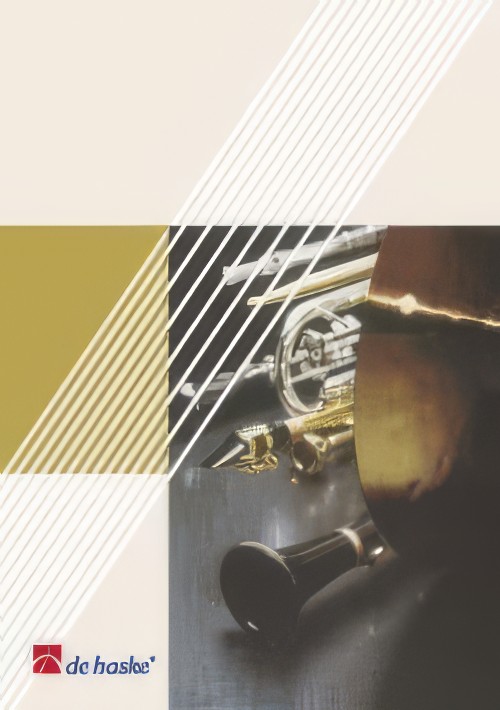 £104.99
£104.99Amazing Grace (Concert Band - Score and Parts) - Hoshide, Takashi
After he had survived a heavy sea storm, John Newton (1725-1807), captain of a slave ship, became a priest and from then on he fought for the abolition of slavery. During his tenure he wrote several hymns, of which Amazing Grace certainly is the best known. The melody assumedly derives from a song by the African slaves. Takashi Hoshide has written a compelling arrangement of this beautiful melody.Duration: 5:15
Estimated dispatch 7-14 working days
-
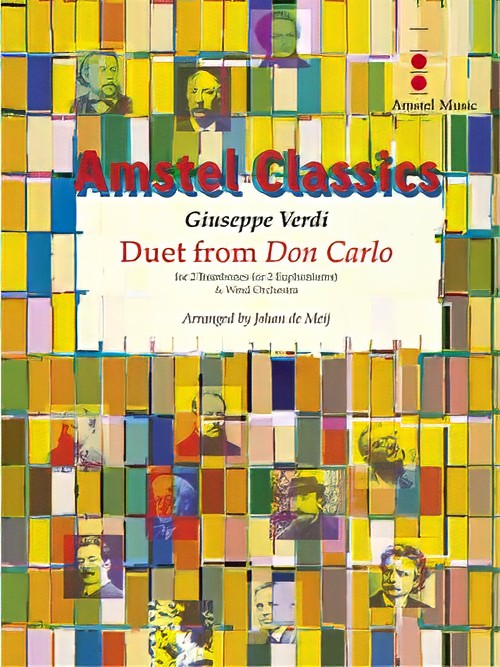 £115.00
£115.00Duet from Don Carlo (Trombone or Euphonium Duet with Concert Band - Score and Parts) - Verdi, Giuseppe - De Meij, Johan
Don Carlo was originally written (title Don Carlos) as a French five-actor for the 1867 world exhibition in Paris. Later, Verdi transformed this improant grand opera into a four-acter in Italian. With its many leitmotifs, Don Carlo was 'too Wagnerian' according to French critics, although Verdi hardly knew the music by his German colleage. For the record, the composer was not happy either with the 'lifeless and cold' performance in Paris, and the drama, concerning Charles V, Philip II and crown price Don Carlo, found its way to La Scala only twenty years later. This duet, arranged by Johan de Meij, originates from the second act. While monks pray for the soul of Emperor Charles V, his grandson Don Carlo takes the stage, tormented by the fact that the woman he loves is now married to his father. Carlo's friend Rodrigo, the Margquis of Posa, has just returned from Flanders. He asks crown prince Carlo to help him ease the oppression and suffering of the Flemish people. Carlo reveals his secret: he is in love with his stepmother. Rodrigo advises him to leave Spain and to go to Flanders. The two men vow to be friends forever in the duet Dio, che nell' alma infondere (God, who wishes to instil love and hope in our souls). Duration: 4.00
Estimated dispatch 7-14 working days
-
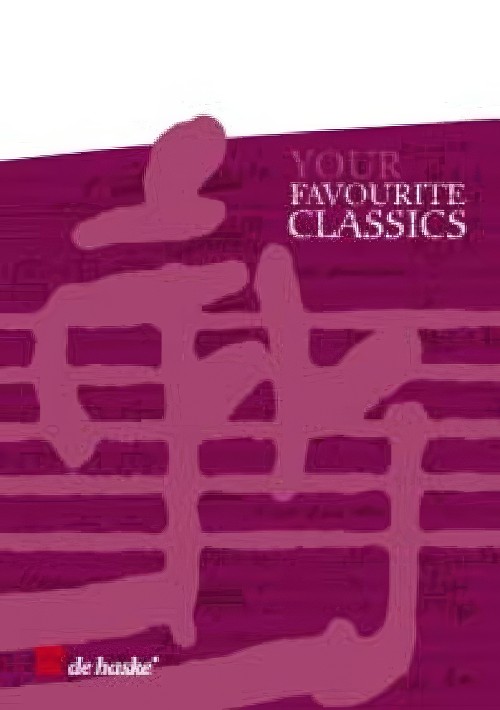 £76.99
£76.99Ich bete an die Macht der Liebe (Concert Band - Score and Parts) - Bortnyansky, Dmitry - Bilkes, Michael
The Ukrainian Dmitri Bortniansky (1751-1825) received lessons at the local singing school in his hometown of Hlukhiv, and soon his extraordinary talent was recognised. He was somewhat of a child prodigy, writing his first opera at a young age. Following his studies Bortniansky was appointed court composer and Kapellmeister of the Imperial Chapel Choir. In the period that followed, he wrote - in addition to a number of operas, instrumental works, and a cycle of songs - more than a hundred religious works for a cappella choir, in which he combined Russian-orthodox and Ukrainian traditions with late 18th century European music. The appealing melody of Ich bete an die Macht der Liebe (Prayer to the Power of Love) became well-known, especially in Germany, in combination with German text by Gerhard Tersteegen. This arrangement by Michael Bilkes reflects the atmosphere of the original work very well.Duration: 3:45
Estimated dispatch 7-14 working days
-
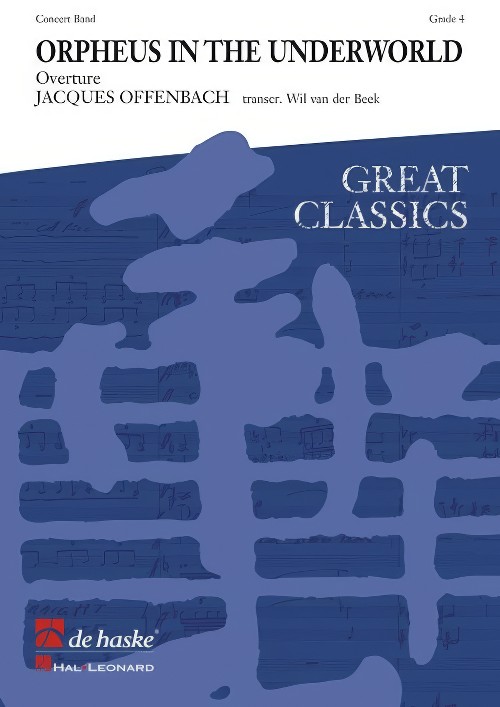 £137.99
£137.99Orpheus in the Underworld (Concert Band - Score and Parts) - Offenbach, Jacques - Van der Beek, Wil
Jacques Offenbach was born in 1819 in Cologne, Germany, but as a child he moved to Paris where he received a thorough musical education. In his operetta Orpheus in the Underworld, Offenbach parodies the famous Greek legend of Orpheus and Euridice. Indirectly, however, he criticises the complacency of many of his contemporaries. The overture was not written entirely by Offenbach, Carl Binder added various pieces to it for a Viennese production of this operetta in 1860 and since then, these pieces have remained part of the composition. This appealing transcription includes the famous Can Can which is sure to get your audience high kicking in the aisles!Duration: 9:15
Estimated dispatch 7-14 working days
-
 £94.99
£94.99Pilgrims' Swing (Concert Band - Score and Parts) - Lloyd, Graham
The Andante from the first movement of Mendelssohn's Italian Symphony (often nicknamed Pilgrims' March) contains the most beautifully haunting melody supported by the simplest of bass lines and counterpoint figures. As a young musician, Graham Lloyd was so fascinated by this music he bought the orchestral score to study the notes, which at the time made little sense to him. However, he did notice that the bass line was similar to a "walking bass" line in a standard swing tune.In this composition Graham Lloyd uses Mendelssohn's original bass line, melodic line and counterpoint figures but gives them a swing feel. Who knows, maybe if Mendelssohn had been born a hundred years later, he could have become one of our big band leaders!Duration: 5:15
Estimated dispatch 7-14 working days
-
 £87.99
£87.99Largo (from Winter, The Four Seasons) (Concert Band - Score and Parts) - Vivaldi, Antonio - Sparke, Philip
Antonio Vivaldi (1678-1741) stands, with Handel and J.S. Bach, as one of the titanic figures of late Baroque composition. Not only was he lauded as a composer of vocal and instrumental works both sacred and secular, he was without serious competition, the most prolific composer of his age. In addition to hundreds of vocal works, including forty-nine operas, he composed five hundred concertos. The Four Seasons are probably the best known of his concerti with the second movement, Largo, portraying time spent by a roaring fire listening to the rain pounding against the window. This arrangement for concert band retains all the warmth of the original.Duration: 3:45
Estimated dispatch 7-14 working days
-
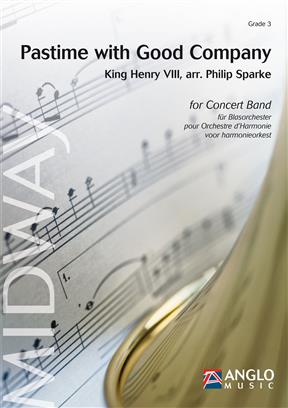 £110.99
£110.99Pastime with Good Company (Concert Band - Score and Parts) - Sparke, Philip
The English king, Henry VIII (1491-1547), is mainly remembered for disposing of his wives on a regular basis and breaking with the Catholic Church when the Pope Clement VII refused to grant him a divorce so he could marry Anne Boleyn. As a young man he was a gifted athlete, dancer and composer, writing many songs, poems and consort pieces (though not Greensleeves, as is often believed). Pastime with Good Company is undoubtedly the best-known of these, written in the first years of the 16th century while he was still a handsome prince, newly married to Catherine of Aragon and the envy of Europe. The lyrics tell of the joys of hunting, dancing and singing and would have been sung as part of the court entertainment.This arrangement features a quartet of soloists and two solo drummers.Duration: 6:00
Estimated dispatch 7-14 working days
-
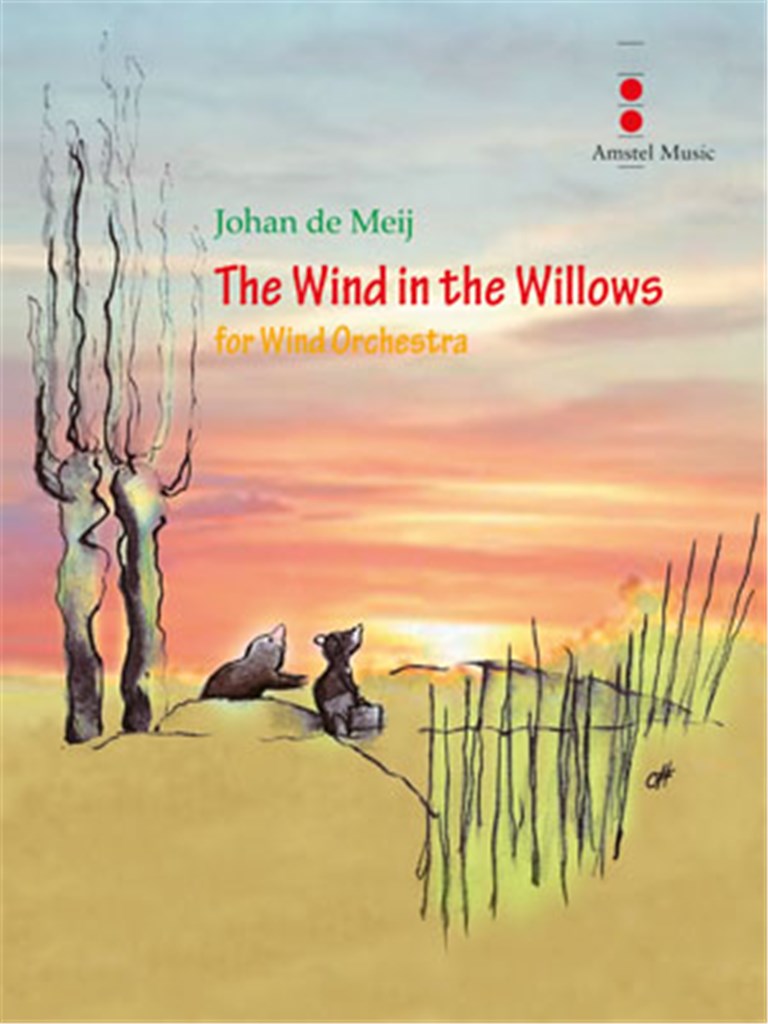 £250.00
£250.00The Wind in the Willows (Concert Band - Score and Parts) - De Meij, Johan
A book for those who keep the spirit of youth alive in them; of life, sunshine, running water, woodlands, dusty roads, winter firesides, said author Kenneth Grahame (1859-1932) about his children's book The Wind in the Willows. Initially, he wrote the stories about Ratty, Mole, Badger and Toad to read to his visually handicapped son Alistair, but after the publication in book form in 1908, it became a worldwide success. It was later also turned into a film and a television series. What appealed ti the composer most is the friendly, very cosy atmosphere that Grahame has managed to create with his optimistic narrative style full of high spirits, an atmosphere that reminds thecomposer of his own carefree youth. It was therefore a great pleasure to set this book to music! The four movements successively describe: I) The River- The river, which flows through the habitat of the animals like a lifeline, regularly is the scene of pleasant boat trips and picnics. The animals lead their untroubled lives here. The four-tone main motif [A-C-D-C] is extensively presented by the brass section, and returns in the following movements as a countermelody. II) Ratty and Mole -The bright, energetic Rat and the melancholy doubter Mole are inseparable friends and have many adventures. Their opposite characters are illustrated by separate musical themes. III) Mister Toad - The wilful, haughty Mister Toad is indeed a unique case: time after time, he runs into tricky situations, and with his indomitable passion for fast, preferably stolen, cars he causes quite a lot of damage... IV) The Return of Ulysses - After Toad Hall, the majestic residence of Mister Toad, is recovered from the weasels and stoats of the Wild Wood, who had captured the estate in a cowardly way, our friends get ready for a banquet. They celebrate the victory with a triumphant parade, and so both the book and the music conclude with a happy ending. Duration: 17.00
Estimated dispatch 7-14 working days
-
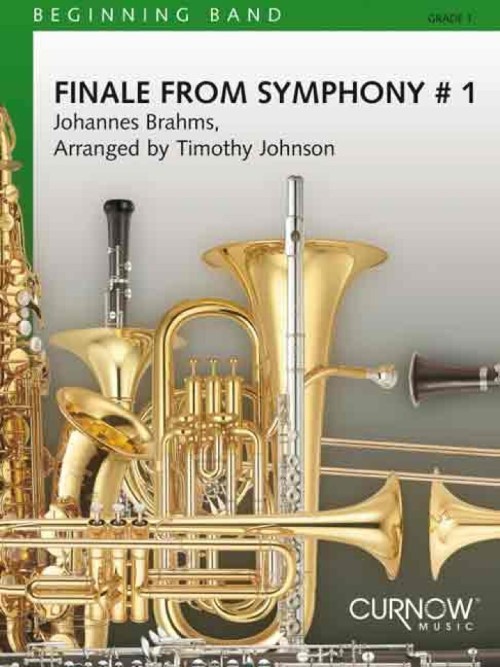 £64.99
£64.99Symphony No.1, Finale from (Concert Band - Score and Parts) - Brahms, Johannes - Johnson, Timothy
Brahms was known to be extremely careful when composing his music. When he decided to compose a symphony he wanted to be sure to exceed the standard that had been set by Beethoven. His first symphony, completed in 1876 when he was 43 years old, took several years to complete because of his attention to detail. This arrangement of the theme from the finale highlight the long, flowing nature of Brahms' melodies. A real treat for any band.Duration: 2.15
Estimated dispatch 7-14 working days
-
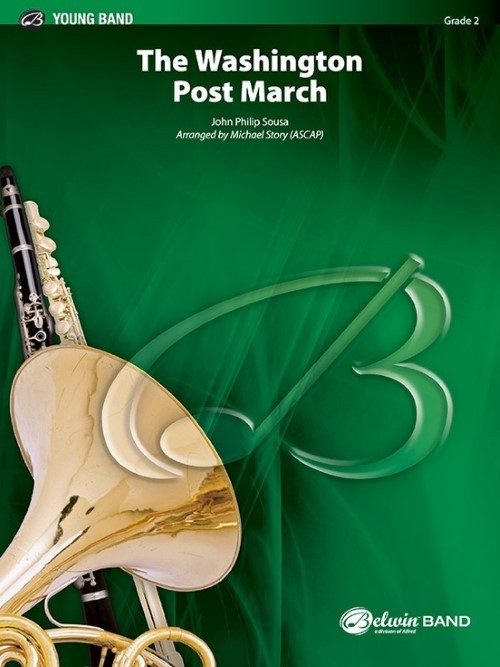 £60.50
£60.50The Washington Post March (Concert Band - Score and Parts) - Sousa, John Philip - Story, Michael
Although John Philip Sousa composed in many forms, it is the march for which he is best remembered. As probably the best-known leader of the Marine Band in its early years, he has a formidable legacy. Although John Philip Sousa composed in many forms, it is the march for which he is best remembered. The technical difficulties are removed, but the integrity shines through. This is possibly the classic of all marches!Duration: 2.00
Estimated dispatch 7-14 working days
